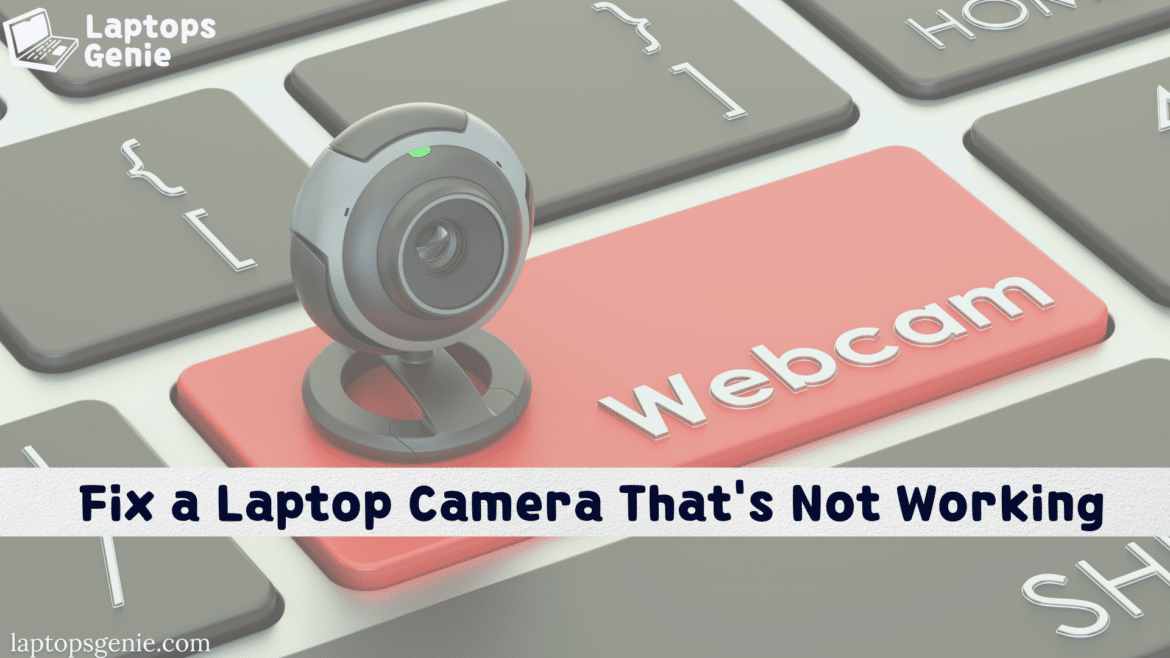Table of Contents
In today’s digital age, having a functional camera on your laptop is more important than ever. Whether attending online meetings, connecting with loved ones, or engaging in online learning, a malfunctioning camera can disrupt your routine and leave you scrambling for solutions. Imagine gearing up for an important video call only to find that your camera isn’t working. Frustrating, right? Don’t worry, though. You’re not alone in this predicament, and we’re here to help. In this guide, we’ll walk you through a series of troubleshooting steps to get your laptop camera back in working order, ensuring you’re ready to face the digital world with confidence. From quick checks to more advanced solutions, we’ve got you covered. Let’s dive in and fix that camera!
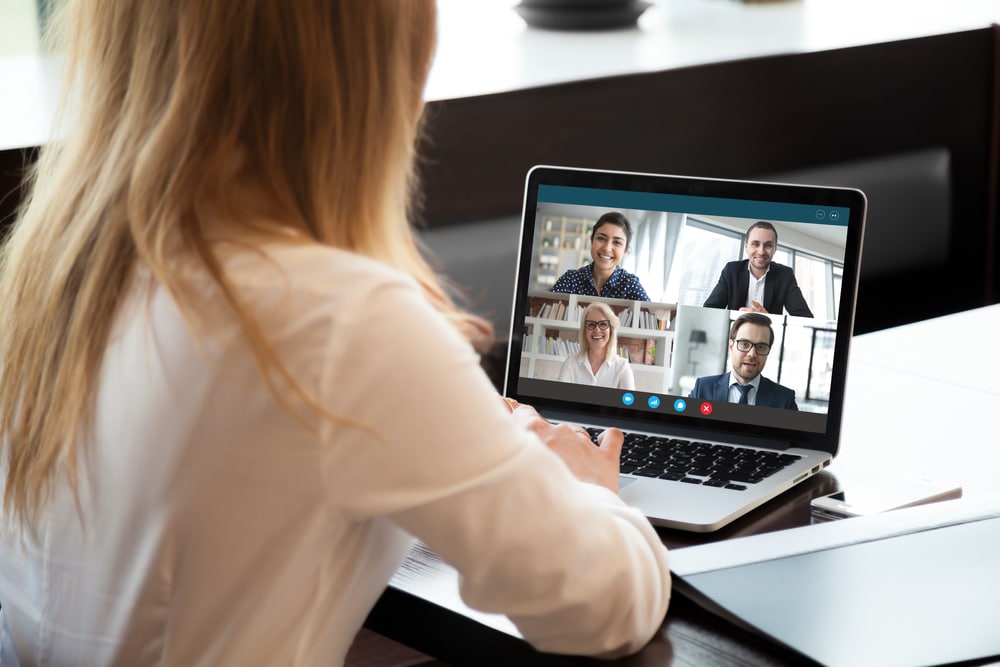
Check Camera Permissions
firstly you have to make sure your camera app has the authorization it needs to use the camera is the first step when your laptop camera is not working. This is a typical error that is simple to correct:
On your laptop, open Settings.
Navigate to Privacy.
Press the Camera button.
Verify that you have enabled apps to access your camera.
Make that the app you’re using (such as Zoom, Skype, etc.) has permission to access the camera by scrolling down.
Proceed to further troubleshooting steps if your laptop’s camera is not functioning even though these settings are right.
Check the USB Port Connection
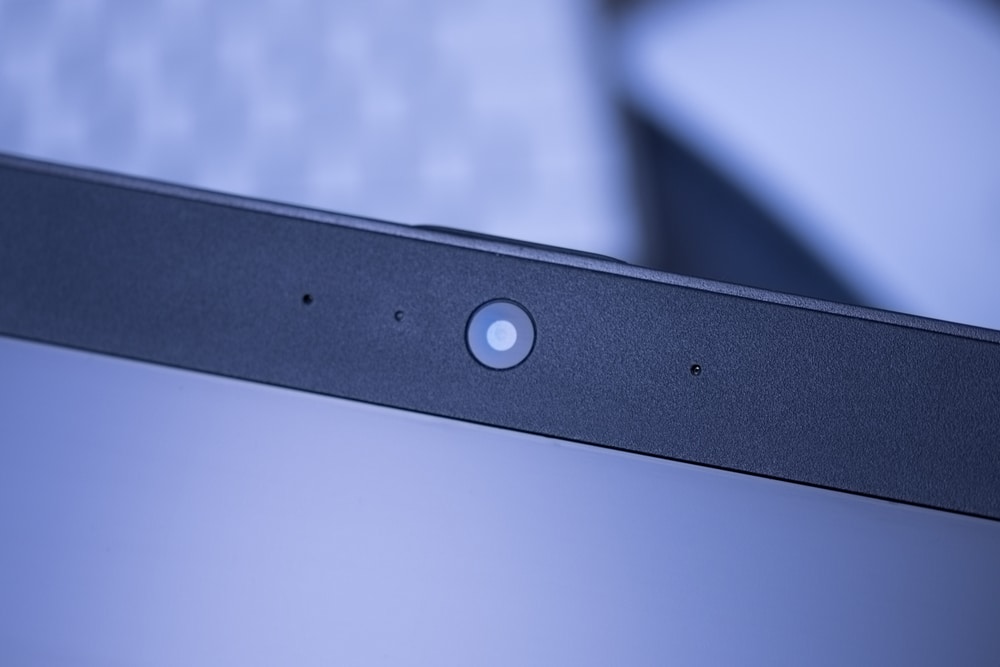
A loose or problematic connection could cause issues to make your laptop camera not working. Here’s how to solve problems:
Unplug the external webcam from the USB connector.
Return the device to the original port or try a different one.
Verify that the cable and port are in good condition and that the connection is tight.
Try attaching the camera to a different computer to see if it functions there if the issue continues. This can assist in identifying whether your laptop or the camera is having problems.
Update or Reinstall Camera Drivers
Your laptop’s camera may not work properly due to outdated or corrupted camera drivers. To update or reinstall the drivers, take the following actions:
Open Device Manager by typing its name into the Windows search box.
Extend the section on Imaging Devices.
When you do a right-click on your camera, choose Update driver.
Select Automatically search for driver software updates. In the event that new driver updates are available, Windows will look for and install them.
Reinstalling the drivers could be necessary if upgrading them doesn’t fix the problem:
In Device Manager, right-click the camera and choose Uninstall device.
Give your laptop a restart. Upon rebooting, Windows ought to reinstall the latest drivers automatically.
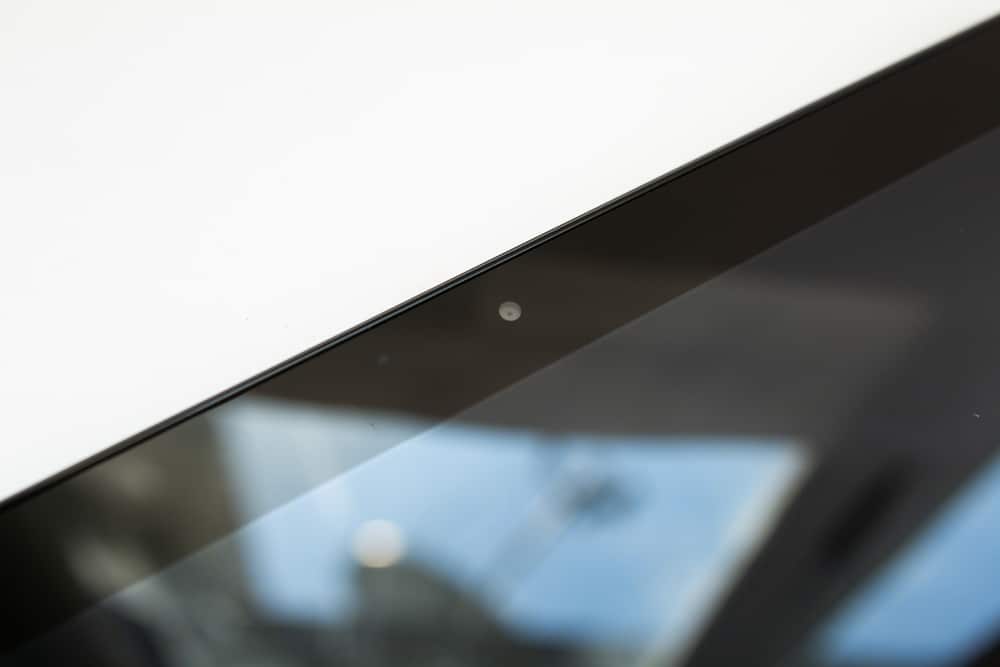
Check for Operating System Updates
There are instances where an out-of-date operating system can make your camera incompatible. Make sure the operating system is current:
Go to Settings.
Go to Security & Update.
Select Windows Update by clicking.
Click on Check for updates. Restart your laptop after installing any available updates.
Updating your operating system keeps your laptop compatible with new and old hardware and software.
Disable Antivirus Software Temporarily
Antivirus software can sometimes unintentionally block the camera. Turn off your antivirus software for a short while to see if it fixes the problem:
Find the settings for your antiviral program.
Seek for a setting that allows you to turn off or disable the protection temporarily.
Check to see if the camera app functions.
Should the camera begin to function, you could need to modify your antivirus configuration or get in touch with the software developer for assistance.
Use Device Manager to Scan for Hardware Changes
You can try using Device Manager to check for hardware changes if your camera is not identified or is switched off:
Open Device Manager by typing its name into the Windows search box.
Find your camera by selecting Imaging Devices.
If you do a right-click on it, choose Scan for changes in hardware.
Try choosing Scan for hardware changes from the driver tab if the camera isn’t listed.
If Windows had not previously identified the camera, this move may have helped it do so.
Run the Windows Troubleshooter
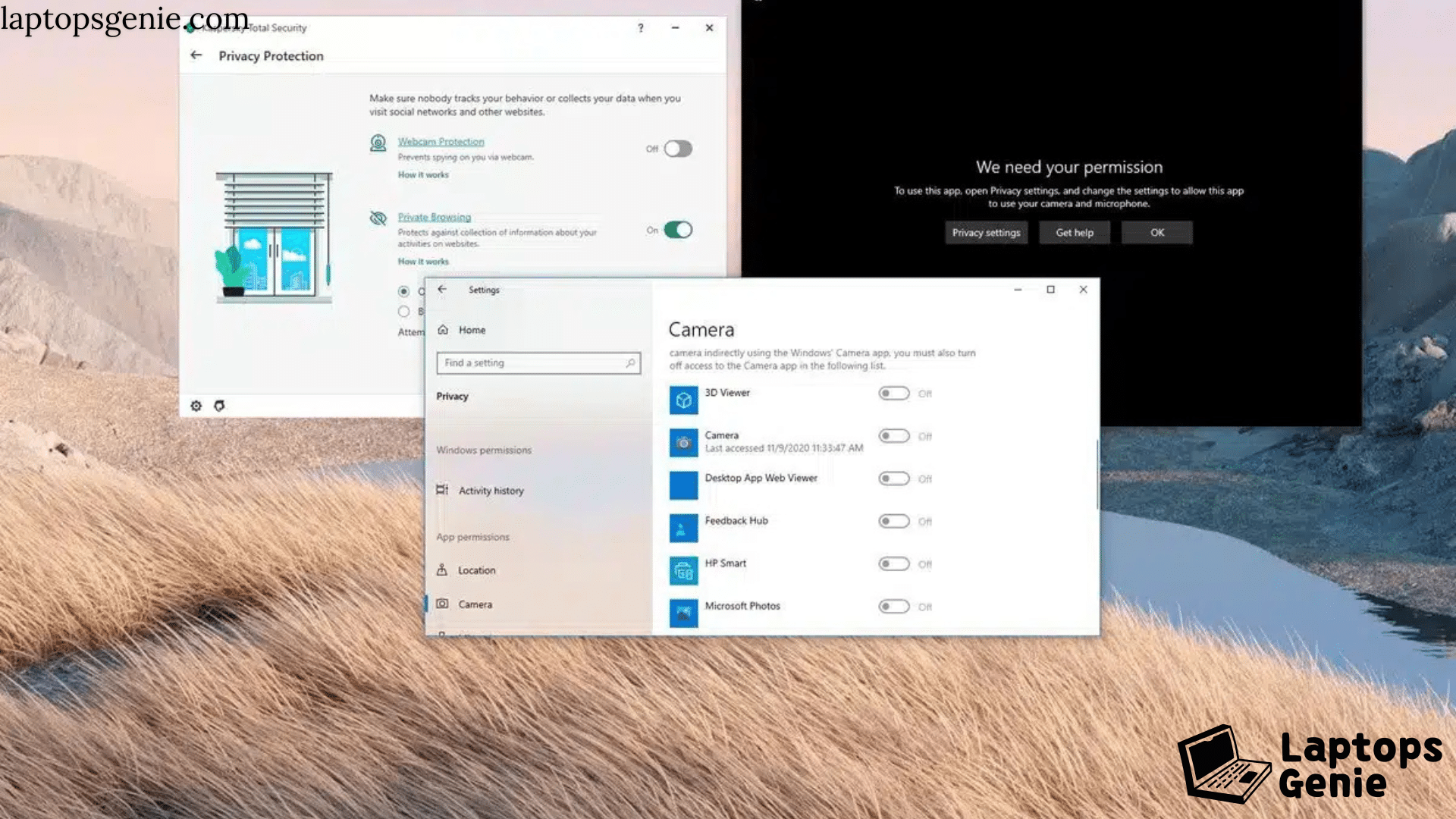
A built-in troubleshooter in Windows can identify and resolve common hardware issues:
Go to Settings.
Go to Security & Update.
Choose Troubleshoot.
To access more troubleshooters, click on it.
After choosing Camera, launch the troubleshooter.
After checking for problems, the troubleshooter will offer suggestions or automated solutions.
Conclusion
If you’ve tried all these fixes but your laptop camera is still not working, there might be a more serious hardware problem. In these situations, it could be essential to get in touch with customer care or look for expert repair services. Through a methodical approach to these troubleshooting procedures, you ought to be able to identify and resolve most frequent laptop camera problems. These techniques will assist you in getting your camera operating again, whether it is through driver updates, setting adjustments, or hardware connection inspections.
